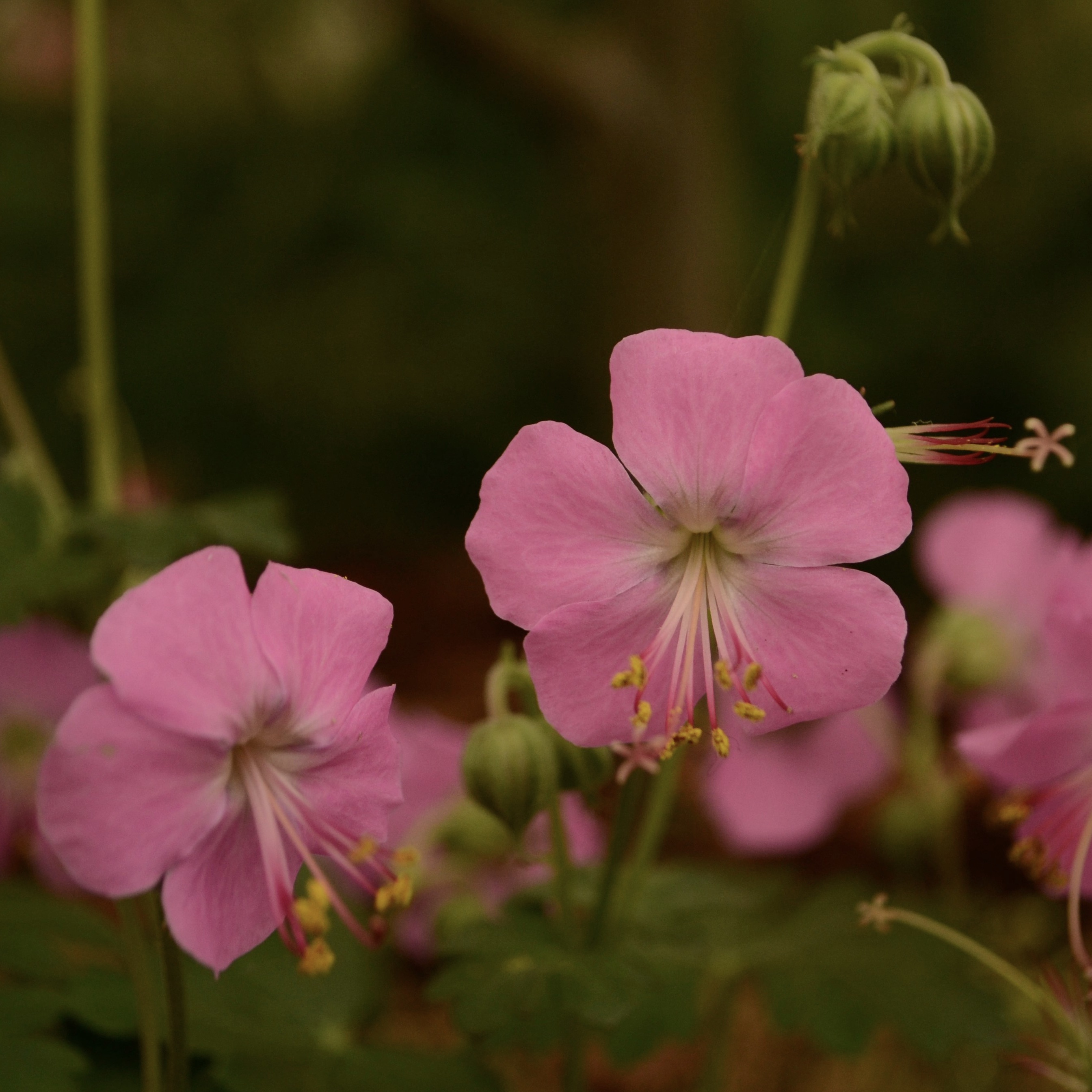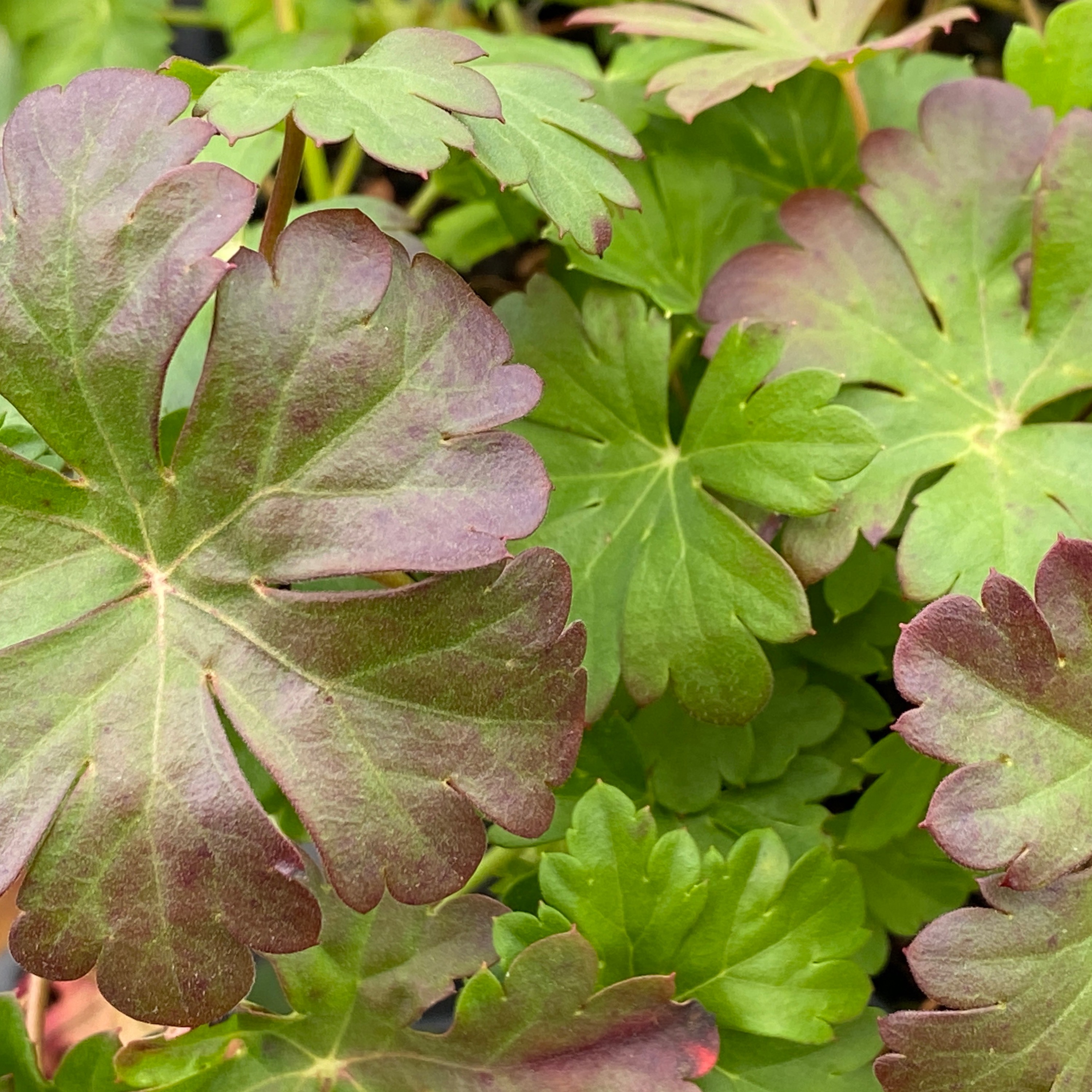Key Features: Cheery mid-pink flowers over glossy, fragrant, carpeting foliage. Great for damp shade.
Height x Spread: 12 x 18 Inches (30 x 45 cm)
Preferred Aspect: Sun or Shade
Flowering Period: May - July
The x cantabrigiense varieties are all crosses between G. macrorrhizum and G. dalmaticum. They are one of the most versatile of all the cranesbills in that they tolerate dry conditions as well as being happy in damp earth, and they are tolerant of sun as well as being suited to shade. Due to their parentage, they are also semi-evergreen, and on top of all that, as well as retaining some foliage through winter, they usually always produce a good show of autumn colour. What’s not to like?! They obviously have some individual characteristics though. They are relatively low growing, usually achieving around 8 inches in height, they spread to form a carpet via underground runners, and they come in mostly the same colours as the macrorrhizums, which are magenta/cerise, light pink and white. They are brilliant for suppressing weeds and work well in troublesome places where establishing other plants might be tricky. Oh and their foliage is fragrant too!
Hardy Geraniums are one of the most diverse genera of herbaceous perennials. It is possible to find a Geranium to suit most parts of your garden, from the vast range of species and varieties available. They complement most other plants beautifully and, chosen wisely, can provide a continuation of colour in the garden from spring through to early winter.
Please note that the heights, spreads and flowering periods mentioned are approximate, as they can be affected by your soil type, light levels and other various conditions that may surround the plant.


